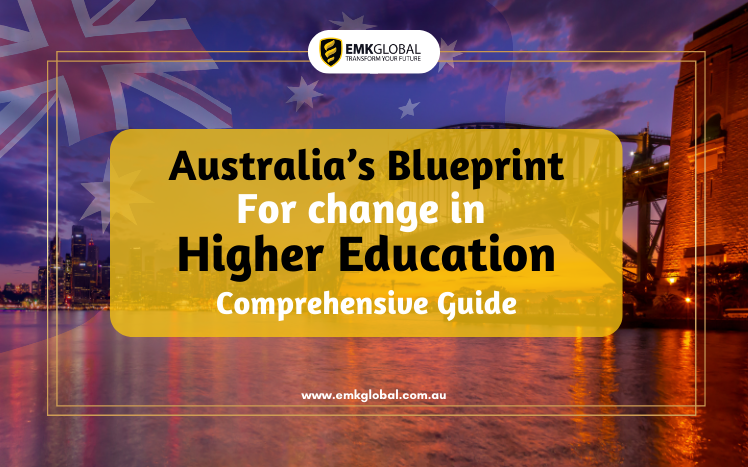Introduction
Australia’s higher education system is on the brink of a transformation, as outlined in the much-anticipated Australian Universities Accord Final Report released on 25 February 2024. This extensive report, spanning over 400 pages, serves as a blueprint for significant changes in the country’s higher education sector, making it a guiding document for the next decade and beyond.
The Broad Scope of the Accord
Minister for Education Jason Clare emphasizes that the Accord covers a broad spectrum, including student fees, research, teaching, housing, student services, and international education. It aims at a substantial expansion of higher education in Australia, foreseeing that 90% of new jobs will require post-secondary qualifications by 2035.
Targets and Integration
The report sets ambitious targets, such as increasing post-secondary attainment among Australian high-school leavers to 80% by 2050 and expanding the number of government-supported spaces in post-secondary education to 1,800,000. Additionally, it calls for more integration between Australia’s VET and higher education sectors, creating a modular, “stackable” system for lifelong learning.
Funding and Revenue Sources
The envisaged expansion is expected to be funded partly by the government and partly by institutions. The report suggests utilizing universities’ “united” revenue sources, including international student tuition, research funding, and philanthropic donations.
International Education: Diversity and Scale
Turning to international education, the report acknowledges the challenges of large concentrations of international students in specific classes or institutions. It calls for a more strategic approach to international recruitment, emphasizing diversification and risk management.
The Outlook for International Education
Diversity and Integration
The report underlines the need for better alignment between courses offered to international students, domestic labor market demands, and relevant migration initiatives. It stresses the importance of expanding international enrollments outside major cities and supporting diversification within a national strategic framework.
Strengthening Networks and Ensuring Integrity
To enhance the international student experience, the Accord recommends strengthening alumni networks in students’ home countries. It also emphasizes maintaining trust and integrity within the Australian visa system, aligning with recommendations from the Nixon Review and the Migration Strategy.
Risk Management Strategies
A crucial aspect highlighted in the report is the necessity for institutions to have robust risk management strategies for international education. These strategies are aimed at mitigating volatility in demand, avoiding concentrations of international enrollment, and ensuring affordable housing for students.
Levy on International Student Fees: A Shift in Proposal
The interim report in July 2023 had proposed a levy on international student fees, but this is noticeably absent from the final Accord Report. Instead, it introduces the Higher Education Future Fund (HEFF), a AUS$10 billion initiative co-funded by the government and universities. The fund, derived from universities’ non-government revenue, is expected to trigger significant debate within the sector.
University leaders, like Duncan Maskell from the University of Melbourne, express concerns about taxing universities as they recover from pandemic-induced deficits. They argue that such a tax might hinder investments in education, research, and innovation.
Conclusion
Australia’s higher education is at a crossroads, and the Australian Universities Accord Final Report outlines an ambitious plan for its future. Balancing the need for expansion with diversification and risk management in international education reflects a forward-thinking approach. As the sector grapples with the proposed Higher Education Future Fund, debates on funding mechanisms are sure to shape the course of higher education in Australia.
FAQs on Australia’s Higher Education Blueprint
- How will the Accord impact tuition fees for international students?
- The Accord does not directly address tuition fees, but discussions on funding mechanisms could influence costs.
- What role does the Higher Education Future Fund play in the proposed changes?
- The HEFF is a significant funding initiative co-funded by the government and universities to support the expansion of higher education.
- How does the report address concerns about large concentrations of international students?
- The report recommends diversification, risk management strategies, and expanding enrollments outside major cities.
- What are the targeted post-secondary attainment rates set by the Accord?
- The Accord aims for an 80% post-secondary attainment rate among Australian high-school leavers and a 55% university qualification attainment by 2050.
- How might the proposed tax on universities impact their ability to recover from deficits?
- University leaders express concerns that taxing universities could hinder investments in education, research, and innovation.


